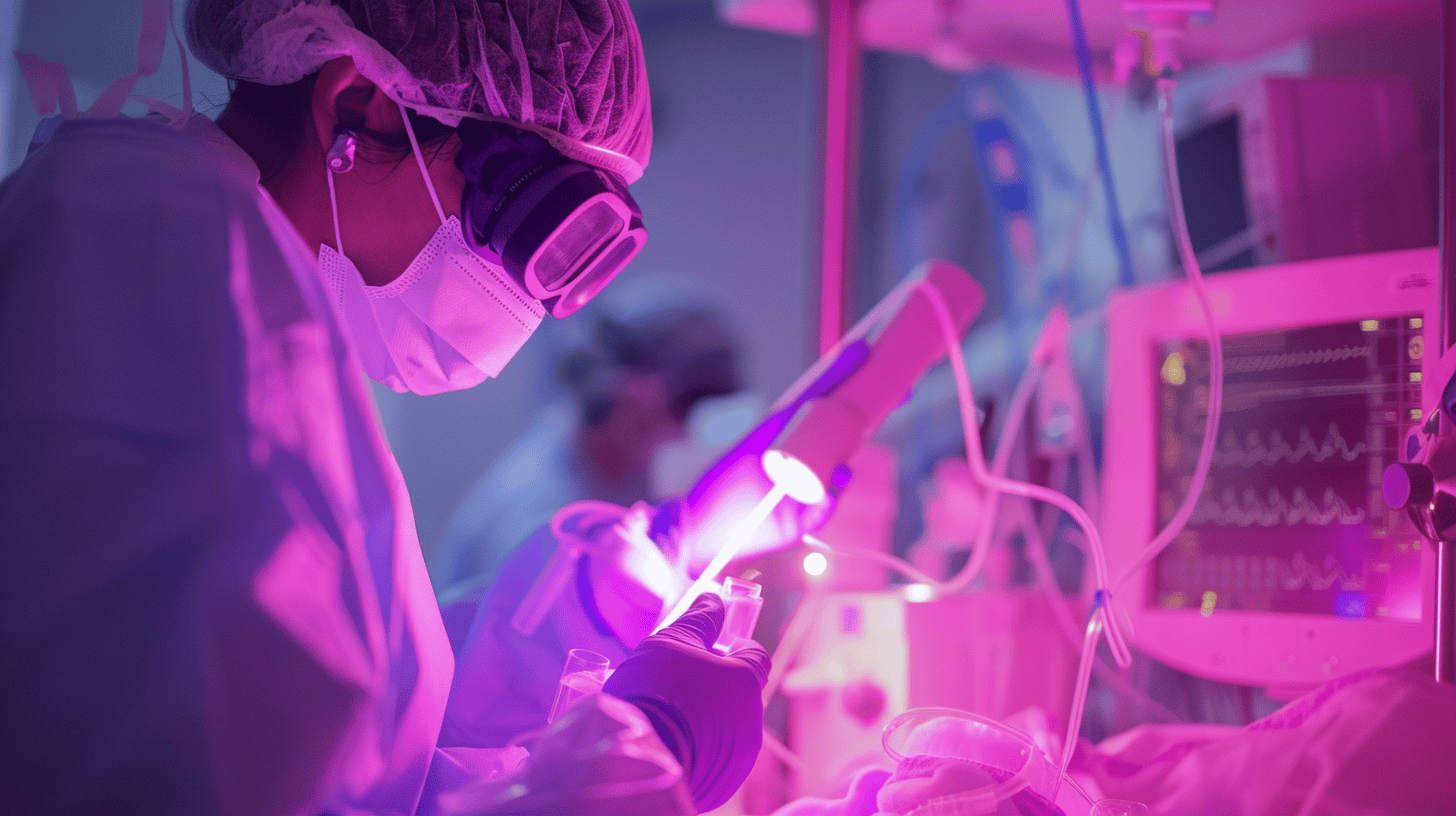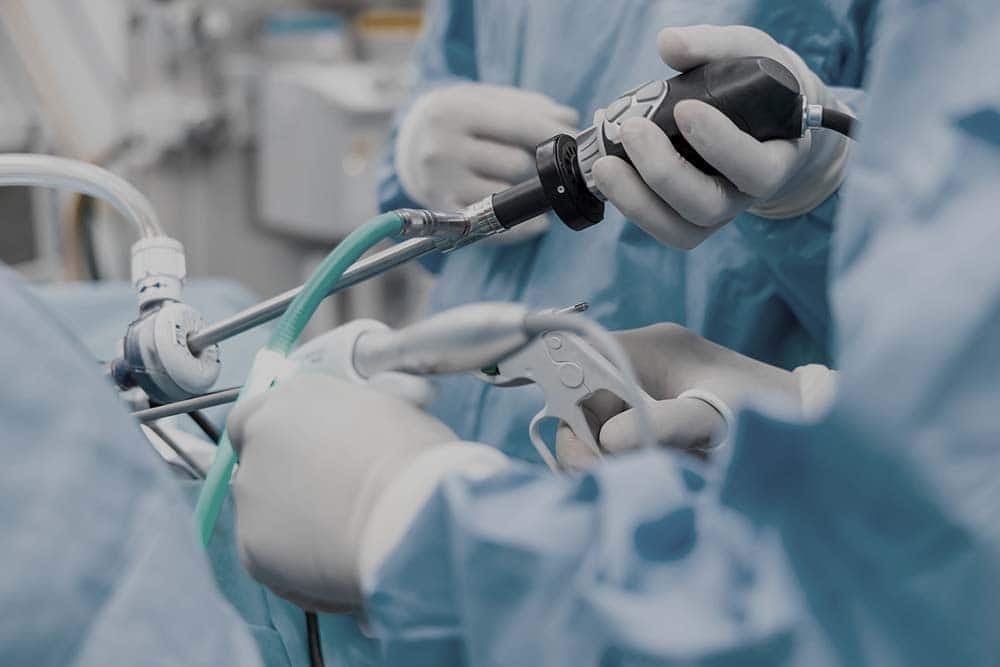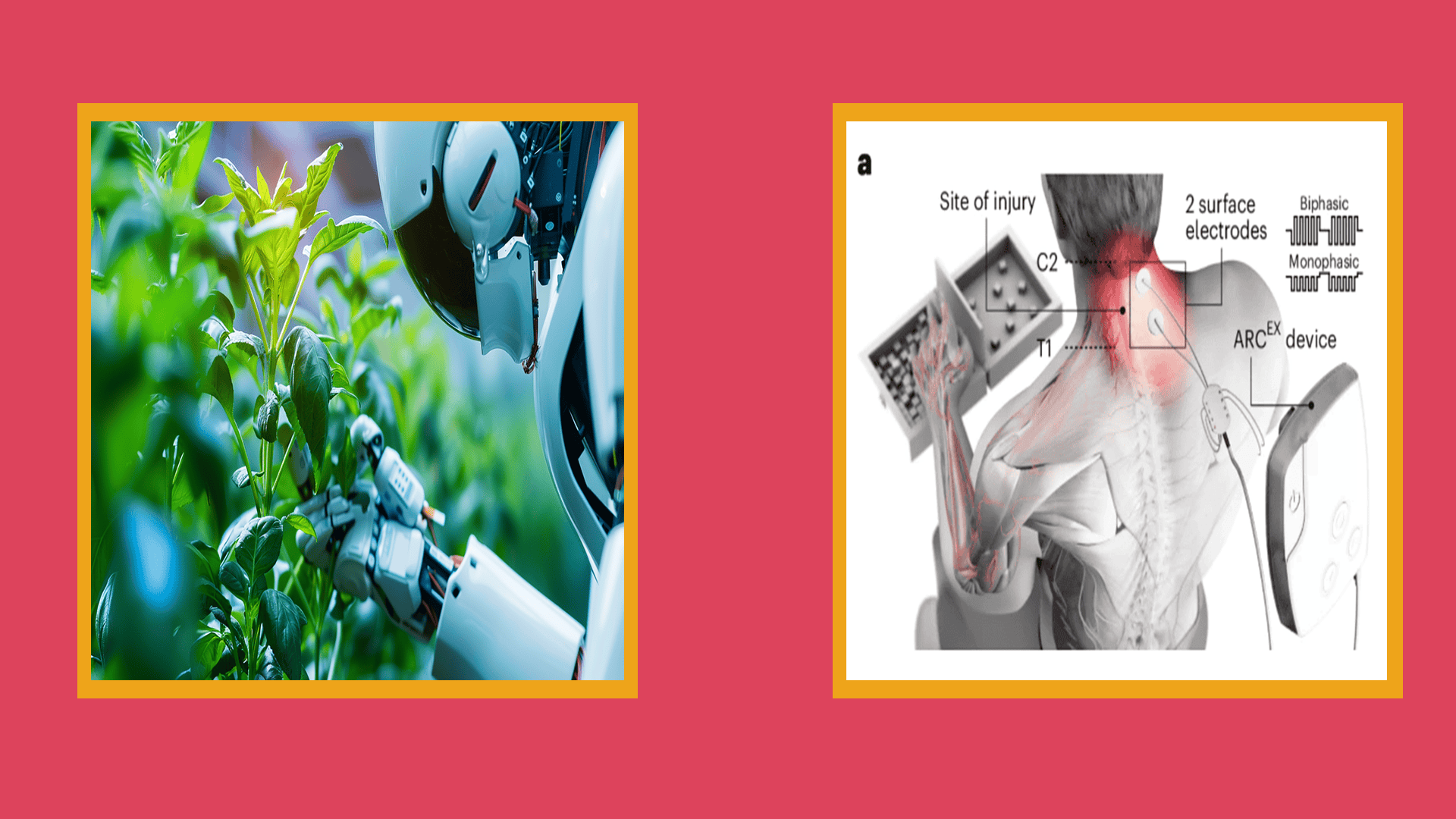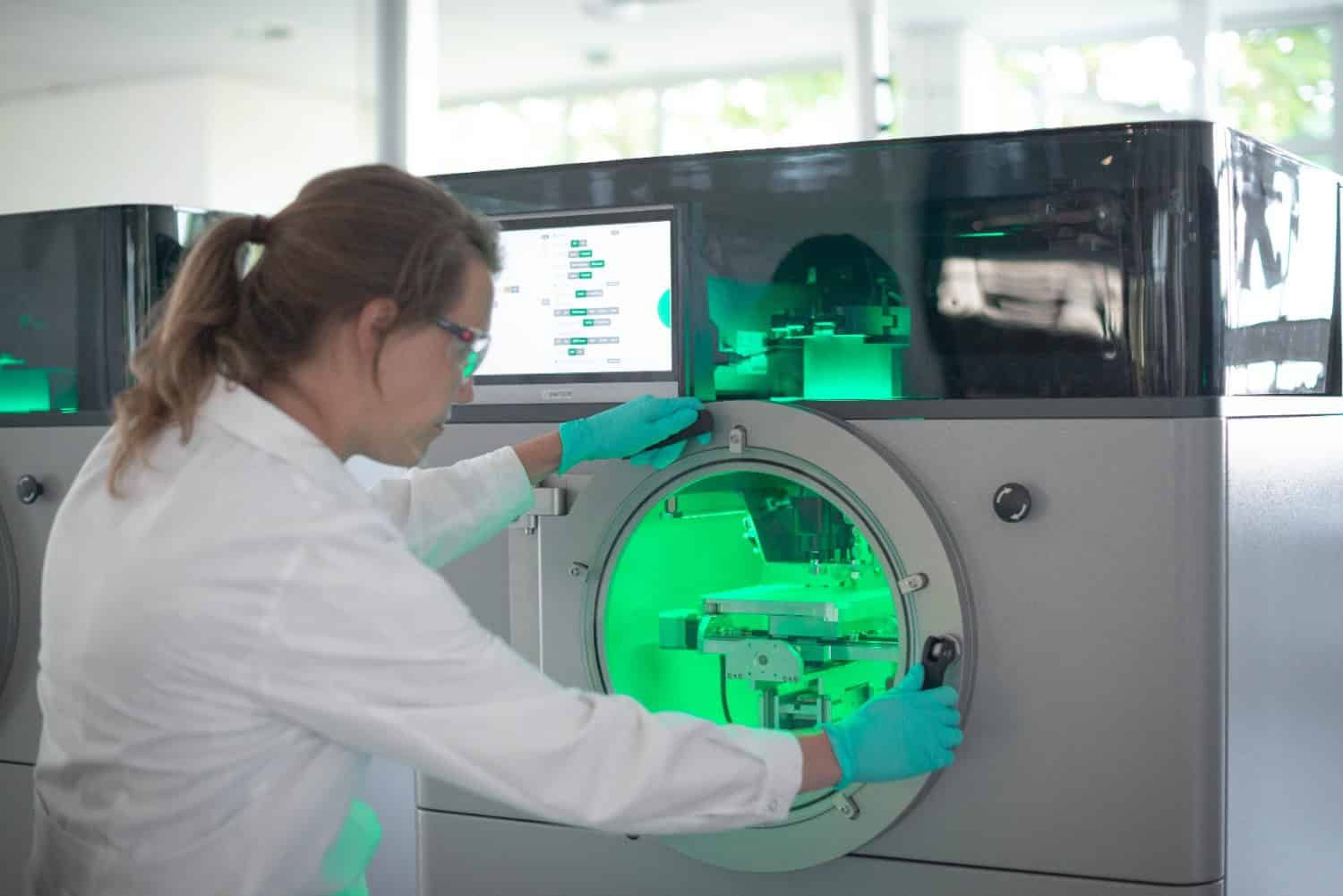
Nanoparticles consisting of a designer protein that counteract an overreaction of the immune system while simultaneously boosting that system. This invention offers possibilities for treating sepsis, a condition in which the immune system is severely dysregulated. Immunologists from Radboud university medical center and bioengineers from Eindhoven University of Technology (TU/e) have joined forces to develop and test an innovative new nanomedicine. Their research results have just been published in Nature Biomedical Engineering.
Sepsis is a life-threatening condition in which the immune system becomes dysregulated due to an infection with a bacterium, fungus, or virus. This dysregulation can lead to an overly intense immune response known as hyperinflammation. As a result, tissues are damaged, and organs fail. Simultaneously, the immune system can also become exhausted, so much so that it becomes paralyzed. This is called immune paralysis, and a result, the body is not resistant to a new infection.
Joining forces
Scientists worldwide have been searching for an effective therapy against sepsis for years. The drug behind such therapy must simultaneously counteract the overreaction and the paralysis of the immune system. However, a significant risk is that a possible drug against that overreaction may lead to paralysis.
Immunologists from Radboudumc Center discovered in a petri dish containing immune cells that the cytokine interleukin-4 impedes inflammation while unexpectedly inducing trained immunity. This paradoxical feature may be utilized to treat sepsis, but it requires that interleukin-4 is targeted to immune cells in the human body. On the technological side, researchers at TU/e have extensive experience in the development of innovative nanotechnology-based approaches to combat cancer, for example.
With their respective research in mind, TU/e bioengineers have designed a new nanotechnology-based approach by developing a fusion protein between interleukin-4 and a protein that naturally forms nanoparticles with lipid molecules.
Small particles
The researchers developed a new nanomedicine type, consisting of small fat particles built from natural proteins that interact very specifically with immune cells. In this case, the bioengineers developed a new fusion protein of interleukin-4 and another body protein that integrates into fat particles. As a result, interleukin-4 is specifically delivered to immune cells, inhibiting the acute inflammatory response while simultaneously boosting the immune system. Thus, the immune system is balanced.
Mihai Netea, professor of Experimental Internal Medicine at Radboudumc: “We know that the protein interleukin-4 counteracts an overreaction of the immune system. We were surprised that in a test tube this protein could also trigger trained immunity in certain immune cells.”
Trained immunity is the part of our innate immune system that has a learning ability, thus strengthening our immune system. To achieve that in humans, TU/e developed a new nanomedicine based on interleukin-4. And it worked, the results indicate. In both blood samples from sepsis patients and laboratory animals, the nanoparticles brought the immune system back on track.
New technology
The innovative thing about using this nanotechnology is that the researchers managed to direct interleukin-4 to certain immune cells. Willem Mulder, professor of Precision Medicine at both Radboudumc and TU/e: “We have been developing new proteins by fusing body proteins for some time. We did the same for interleukin-4. We made nanoparticles of it. By injecting these nanoparticles into the bloodstream, interleukin-4 is delivered to the target cells.”
The researchers stress that the therapy has not yet been tested in patients. Follow-up research is needed for this. However, the method is a very innovative form of immunotherapy, offering new possibilities in the treatment of sepsis, a disease that kills about 3,500 people annually in the Netherlands alone.
Onto BioTrip
To bring the new technologies to the patient, Mulder and Netea have joined forces with drug developers and biotech investors to found the biotech incubator BioTrip. “We don’t want this exciting technology to end with our beautiful publication, which often happens in academia. Through BioTrip, we have a pathway for clinical translation. Hopefully, our work and joint efforts will ultimately lead to a therapeutic that can help decrease sepsis’s high mortality and morbidity rates”, adds co-author and dean of TU/e’s Department of Biomedical Engineering Professor Maarten Merkx.








